drag badge here
drag badge here
Oridyne
gamer level 3
1259 xp
1259 xp
followers
4
4
Use my invite URL to register (this will give me kudos)
https://boardgaming.com/register/?invited_by=oridyne
profile badges

...
...
...
recent achievements

Intermediate Grader
Grade 50 more reviews or tips by clicking "Yes" or "No" in response to the question "Was this helpful?"
Grade 50 more reviews or tips by clicking "Yes" or "No" in response to the question "Was this helpful?"

Freshman
Earn Professor XP to level up by completing Professor Quests!
Earn Professor XP to level up by completing Professor Quests!

Arrowhead
Explore select games by completing a series of exploration actions. learn more »
Explore select games by completing a series of exploration actions. learn more »

Follower
Follow another gamer by clicking "Follow" after reading a review or viewing their profile.
Follow another gamer by clicking "Follow" after reading a review or viewing their profile.
Player Stats
Critic (lvl 3)
705 xp
705 xp
Explorer (lvl 1)
266 xp
266 xp
Professor (lvl 1)
125 xp
125 xp
Reporter (lvl 1)
162 xp
162 xp
About Me
Twitter: @BBBBforum
I have been gaming in some form or other since school some ....Years
I have a vast collection (well for me anyway, not so much if you look around here it looks modest :) ) of both roleplaying and boardgames which seems to keep growing
Being a little obsessive, organised (for certain things) and generally enjoying getting people together to play games I form part of a committee running a one day gaming convention called "Raiders of the Game Cupboard" providing what little skills I have to help keep things going. I Look after the forum and the official website as well as providing most of the promotional material for the events. Having moved to Burton on Trent I seem to have found gaming central which (unfortunately for my good lady) feeds my gaming habit. On the plus side I have met a lot of really good people who have become close friends.
I have been gaming in some form or other since school some ....Years
I have a vast collection (well for me anyway, not so much if you look around here it looks modest :) ) of both roleplaying and boardgames which seems to keep growing
Being a little obsessive, organised (for certain things) and generally enjoying getting people together to play games I form part of a committee running a one day gaming convention called "Raiders of the Game Cupboard" providing what little skills I have to help keep things going. I Look after the forum and the official website as well as providing most of the promotional material for the events. Having moved to Burton on Trent I seem to have found gaming central which (unfortunately for my good lady) feeds my gaming habit. On the plus side I have met a lot of really good people who have become close friends.
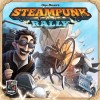
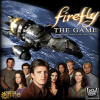
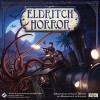

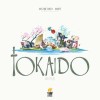
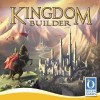




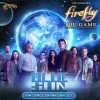


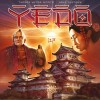




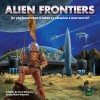

![Go to the Level 7 [Omega Protocol] page Go to the Level 7 [Omega Protocol] page](https://boardgaming.com/wp-content/uploads/2013/06/LEVEL-7-Omega-Protocol--100x100.jpg)





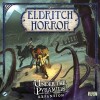



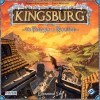


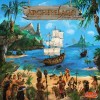
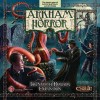
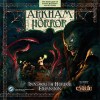




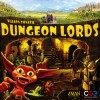


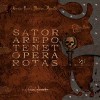



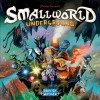
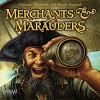

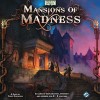
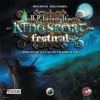




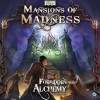

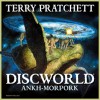






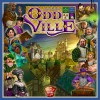

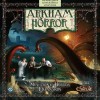

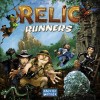


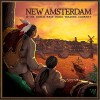
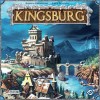

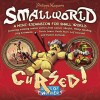
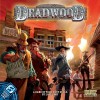
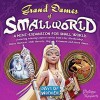

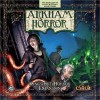


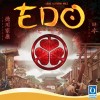
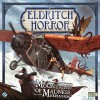







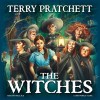
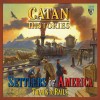


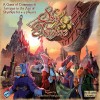

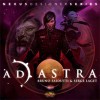
![Go to the Level 7 [escape] page Go to the Level 7 [escape] page](https://boardgaming.com/wp-content/uploads/2012/08/Level-7-escape-100x100.jpg)
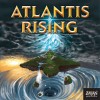


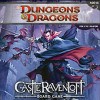

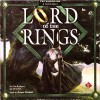

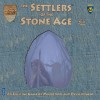




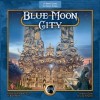
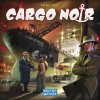

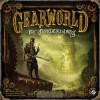


![Go to the Level 7 [escape]: Lockdown page Go to the Level 7 [escape]: Lockdown page](https://boardgaming.com/wp-content/uploads/2013/06/Level-7-Escape-Lockdown-100x100.jpg)


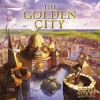
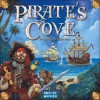



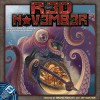

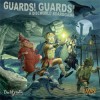
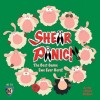
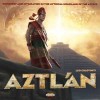



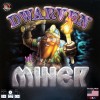
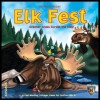























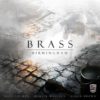
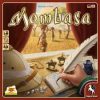



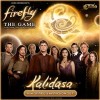




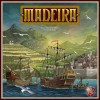
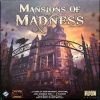

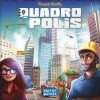
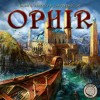
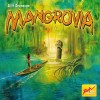



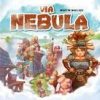
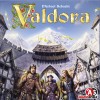

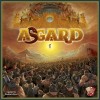
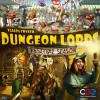

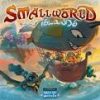
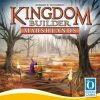
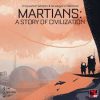

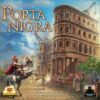
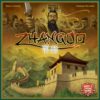
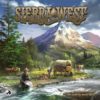
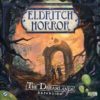
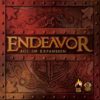


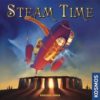
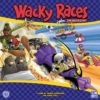
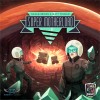



The Great Fire of London: 1666 (Second Edition)
Please note this review is based on the original edition of the game.
Components:
The artwork on the board and cards is very good
The playing pieces are well thought out and suit the theme of the game, especially the Fire Tokens which make the board look on fire, work well and are of good quality
However, The Hero of London card looks a little odd and my game board has warped slightly but this does not adversely affect playing the game.
Setup:
25 Fire tokens are placed in Pudding lane to depict the seat of the fire.
Each player is then dealt 5 Fire Move cards, if they 5 identical cards they show them and are dealt 5 new cards until at least 1 card is not identical. You then take the Fire Stack cards based on the number of players and build the draw deck using the remaining Fire Move cards. Any remaining cards left over are placed back in the box.
5 Houses of each colour are mixed and then placed out at random into one region on the board, the first 30 are placed into the Orange region. Each district within a region has a number of House symbols indicating how many houses should be placed into it.
This is repeated until all 4 regions of the map are filled with the houses.
The six colour cards are shuffled and one dealt to each player at random, these depict the colour of the houses they need to protect within London.
The black tokens are placed face down, shuffled and then distributed randomly among the districts with yellow labels.
Shuffle each of the three Special mission Decks I, II & III and then deal each player one of each deck.
Finally, starting with the First player a number of Trained Band cones are placed on the board, the amount again is based on the number of players.
This process does take some time and it is certainly worth bagging the houses in the sets of 30 mixed to make the initial setup a little bit quicker.
Gameplay:
The rules are a little complicated but once you start playing they make more sense.
The game plays for a set number of turns as you build a deck of fire move cards, based on the number of players, with fire intensity cards dispersed within the deck.
The idea is to protect your Coloured houses, whilst helping to put out fires across London. Each player also has 3 secret missions to protect specific districts of London, if these areas still have houses on at the end of the game the players scores the value of that card.
Unusually each player starts with Victory points, this total is slowly eroded as play progresses as each of their houses that burns down reduces their score by 2. This game was immense fun and the gameplay fits the theme really well, we managed to get a few of the rules wrong (there are a lot of things to remember).
On a Players turn they move the Fire by playing a Fire Move card from their hand, each card has a compass depicted on it with a direction highlighted with arrows. This shows where the fire is to spread on this turn and the player picks a space with at least two fire cones on it then follows the Fire Movement Priority outlined in the rules. Players can then take 4 actions either moving a Trained Band or their Landowner pawn or both (1 space per action), or put out fires in contained areas and Finally they take a new Fire Movement Card to take their hand back to 5 cards. This is the main part of the game and as this progresses the fire spreads through London damaging areas as it goes.
The black tokens dotted around the board are collected if the player moves a fire token into a district containing one. These provide either an explosive charge (which can be used to demolish a district to create a fire break), a Double-Move (Allowing the player to move a 2nd Fire cone in the fire moves phase) or a 1VP.
The Trained band cones can be moved to help contain fires and stop them spreading (the number of Trained Band Cones must be equal or higher then the number of fire cones to contain fire)
At the end of the game players total up what points they have left on the score track, plus any fires they have put out and any points from the areas on their secret mission cards. The player with the most Points wins, ties broken first with the number of fires put out then by the number of intact houses.
Conclusions:
I really like this game, but I think it will take a few more plays before we get all the rules down, a player aid would have been a useful addition to the game to remind players of the options and fire movement rules.
I did feel the gameplay and components fitted the theme well and you do get a sense of fighting the fires as you play. The game plays with up to 6 players, which is always useful and certainly plays well with more players.
It is certainly fun to watch players squirm when they realise you have just spread the fire into one of their scoring zones.This is where the game is devious as you are all working to save London but with the hidden missions and the specific houses to save, players are more protective of certain areas.